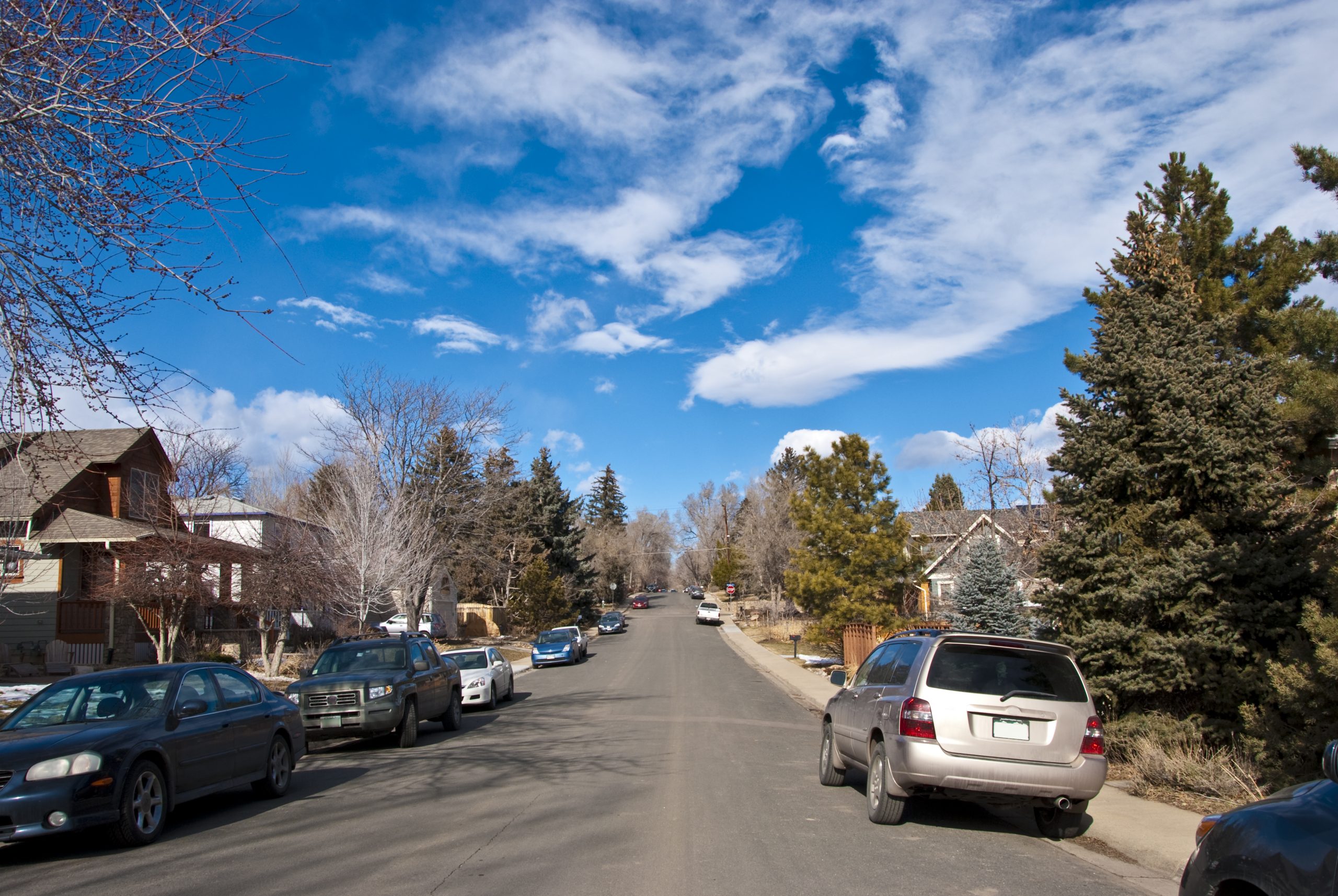Hill Parking

Hill Parking
Drivers experience many different conditions on the road, from flat prairies to mountains and hills. When the time comes for parking, the terrain can make a difference to how easy or difficult the process is. While parking on flat ground has its own challenges, parking on a hill can be even more complicated. Knowing how to park on a hill is a useful skill that every driver should learn.
On flat ground, most of the dangers associated with parking are related to minor scrapes or with neglecting to exercise caution when opening the door. On hills, however, the act of parking could lead to disaster. If a driver fails to park the vehicle correctly on an upward slope, the vehicle could roll back into oncoming traffic. Parking incorrectly on a downward slope could result in a vehicle crashing into anything at the bottom of the hill. However, drivers can take precautions to help reduce the possibility of an accident.
The Basics of Hill Parking

The Ontario.ca website warns against parking on hills because of the dangers associated with doing so. Visibility is one of the issues. The basic rules include parking in a spot where the vehicle is visible for at least 125 metres in both directions. While this may be difficult on hills, it is still a good guideline to follow.
As usual, drivers should remember the basics of parking as listed on the Ontario.ca website. Vehicles should not block sidewalks or driveways, or park in front of fire hydrants or near intersections. The wheels should be no more than thirty centimetres away from the curb or side of the road, pulled up evenly against the right-hand side, just as on a flat surface.
The Procedure for Hill Parking
As the Driving Tests website notes, hill parking is essentially the same as parallel parking. Whether the road has curbs or not, the driver should use the same technique as for parallel parking. Thus, if other vehicles are also parked along the same road, the driver should select a spot large enough for the vehicle to fit into. After pulling up beside the vehicle in the spot ahead of the open space, the driver should back in, being careful not to scrape against the vehicles at either end of the space.
The next step is to shift into Park in an automatic vehicle or first gear or reverse in a manual transmission vehicle. In gear, the vehicle will stall and stop rather than rolling up or down if the brakes fail. For automatic vehicles, the Park setting will help to slow the momentum in case of a brake failure.

The next step is to set the emergency brake. Normally, this involves pulling up a lever located on the centre console on the driver’s right side. Although the emergency brake is unlikely to stop the vehicle entirely, it could help to slow it down if it begins to roll.
Turning the Wheels
Before turning off the ignition, a driver parking on a hill needs to take one more precaution in case of a brake failure. Turning the wheels to the side can help keep the vehicle out of the main flow of traffic. Since power steering no longer works when the engine is turned off, drivers should remember to do this while the engine is still running.
The principle behind turning the wheels is fairly simple, but it can be easy for drivers to become confused. However, the Ontario Ministry of Transportation website gives guidelines for this technique, based on what is at the side of the road.
The idea behind turning the wheels to the side is to direct the vehicle off the road or against the curb in case of a brake failure. Thus, a vehicle facing downhill should have its wheels turned to the right in the direction of the curb or shoulder.
A vehicle parked uphill with a curb should have the wheels turned to the left. That way, the curb will stop the vehicle if it starts to roll. When there is no curb, a parked vehicle facing uphill should have its wheels turned sharply to the right. If the brakes fail, the vehicle will roll off the road.
Some of these techniques for parking on a hill may end up in damage to the vehicle that rolls away. Still, one damaged vehicle is better than the possibility of much worse problems. Anyone who remembers the Lac Megantic railway disaster of 2013, for example, knows the importance of taking extra care when parking on hills.
Pulling Out from Hill Parking
Leaving a hillside parking spot also requires care and attention. When drivers return to their vehicles, they should reverse the order of the procedure for parking. After getting settled and fastening the seatbelt, the driver should turn on the engine and release the parking brake, being careful to keep a foot firmly on the brake pedal.
With the engine running and the power steering functioning again, the driver can turn the wheels straight ahead again. Doing this as soon as possible is important to keep unwary vehicle operators from accidentally driving off the road or into traffic.
With the wheels straight and the engine running, the vehicle is ready to continue on its way. As usual, the driver should signal the lane change, perform a shoulder check, and look in the mirrors for anyone coming from behind.
Dangers of Leaving a Parking Spot
Pulling out from a parking spot on a hill can be dangerous. Manual transmission vehicles facing uphill can slide backwards unless the driver is careful to keep one foot on the brake. Even with automatic transmission vehicles, pulling out into traffic can be problematic.
Driving out from a downhill parking spot requires special care. Because the hill hides anything coming up from behind, drivers can easily pull out in front of other vehicles. Getting up to the speed limit quickly is important for anyone leaving a hillside parking spot.
In some parts of Canada, parking on a hill is a part of everyday life. Even elsewhere, this skill can be vital. Learning to perform this move properly is important for all drivers.
